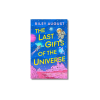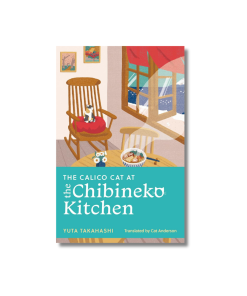Marigold mind laundry by Jungeun Yun
450.000₫
- Publisher : DOUBLEDAY UK (1 October 2024)
- Language : English
- Hardcover : 256 pages
- ISBN-10 : 1529925657
- ISBN-13 : 978-1529925654
- Dimensions : 13.2 x 2.4 x 20.3 cm
- Jungeun Yun is the author of more than ten books, including Live the Way You Want; Even If I Don’t Know How to Be an Adult and To Travel or To Love. Yun believes that writing is self-reflection, a close examination of emotions; to write is to connect. Yun hosts a podcast The Path of Books with Jungeun Yun. Her debut novel Marigold Mind Laundry has been a Top Five bestseller in Korea and an international bestseller. It is translated into ten languages and is due to be published around the world. Jungeun Yun lives in Korea.
Cho phép đặt hàng trước

























